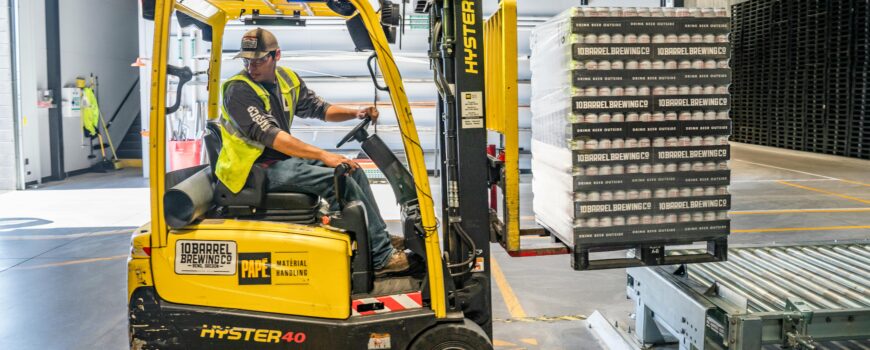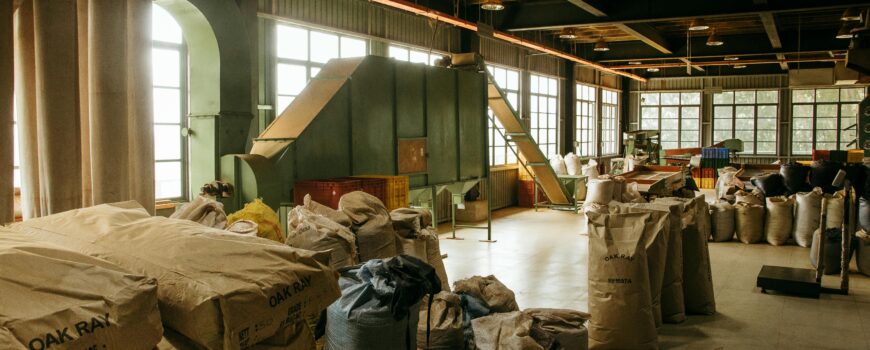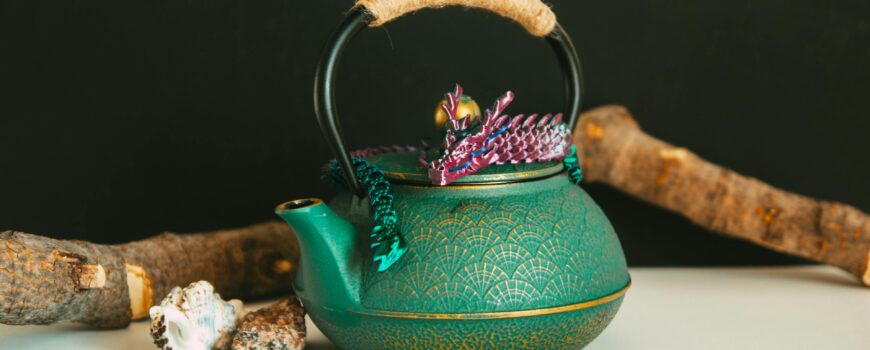ea tasting, much like wine tasting, is a refined art that involves careful examination of tea’s appearance, aroma, flavor, and aftertaste. Whether you are a tea enthusiast, a tea sommelier, or a business owner, understanding the nuances of tea tasting can enhance your appreciation and knowledge of this beloved beverage. Here’s a step-by-step guide to help you conduct a thorough tea tasting.
1. Preparation
Tea Selection:
- Variety: Choose a range of teas for tasting – black, green, white, oolong, herbal, and specialty blends.
- Quality: Use high-quality loose leaf tea for the best experience.
Equipment:
- Tasting Cups: White porcelain cups or bowls to see the tea’s color.
- Spoons: Stainless steel or porcelain spoons for tasting.
- Kettle: For boiling water.
- Timer: To ensure precise steeping times.
- Scale: To measure tea leaves accurately.
Environment:
- Lighting: Bright, natural light to observe the tea’s color.
- Ambiance: Quiet, neutral setting to avoid distractions and outside influences.
2. Brewing the Tea
Water Quality:
- Use filtered or spring water for the best results. Avoid distilled or mineral water, as they can affect the taste.
Water Temperature:
- Different teas require different water temperatures:
- White and Green Tea: 70-80°C (158-176°F)
- Oolong Tea: 80-90°C (176-194°F)
- Black and Herbal Tea: 90-100°C (194-212°F)
Tea Measurement:
- Use about 2 grams of tea per 100 ml of water, adjusting based on personal preference and tea type.
Steeping Time:
- Follow recommended steeping times for each tea type:
- White Tea: 4-5 minutes
- Green Tea: 2-3 minutes
- Oolong Tea: 3-5 minutes
- Black Tea: 3-4 minutes
- Herbal Tea: 5-7 minutes
3. Tea Tasting Process
Observation:
- Dry Leaves: Examine the dry tea leaves for color, shape, and aroma. High-quality teas often have a distinct appearance and a fresh, vibrant smell.
- Liquor: Observe the color of the brewed tea, which can indicate its strength and flavor profile.
Aroma:
- Dry Leaves: Smell the dry leaves before brewing.
- Wet Leaves: After steeping, smell the wet leaves, which often release a different aroma.
- Brewed Tea: Inhale the aroma of the brewed tea from the cup.
Tasting:
- Slurping: Sip the tea with a slurping sound to aerate it, which helps spread the flavor across your palate.
- Flavor Profile: Identify the primary flavors (sweet, sour, bitter, umami, salty) and note any secondary flavors (floral, fruity, nutty, vegetal, earthy).
- Texture: Observe the mouthfeel – is it smooth, creamy, astringent, or brisk?
Aftertaste:
- Finish: Note the lingering flavors and sensations after swallowing the tea. A good tea often has a pleasant, lasting aftertaste.
4. Recording Observations
- Tea Tasting Sheet: Use a tea tasting sheet to record your observations. Include sections for the appearance, aroma, flavor, texture, and aftertaste.
- Rating: Rate each aspect of the tea on a scale (e.g., 1-5 or 1-10) to provide a quantitative assessment.
5. Comparative Tasting
- Multiple Teas: Taste multiple teas side-by-side to compare their qualities. This helps in understanding the subtle differences between them.
- Blind Tasting: Conduct blind tastings to avoid bias. Have someone else prepare the teas and label them with numbers instead of names.
6. Sharing and Discussing
- Group Tasting: Conduct tea tastings with friends, colleagues, or fellow enthusiasts to share insights and learn from each other’s observations.
- Discussion: Discuss your findings and impressions, which can deepen your understanding and appreciation of tea.
Conclusion
Tea tasting is a delightful and educational experience that enhances your sensory skills and knowledge of tea. By following this guide, you can conduct thorough and enjoyable tea tastings, whether for personal enjoyment or professional evaluation. Embrace the subtleties of each brew, and you’ll discover the rich and diverse world of tea in a whole new way.
Zircon Tea Company
Contact No is +91-9499347308
Email is info@zirconshop.in
Our You Tube Channel Is Zircon Tea Company




